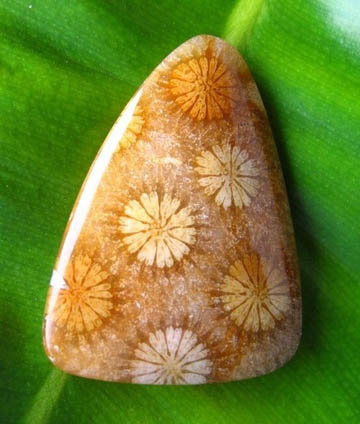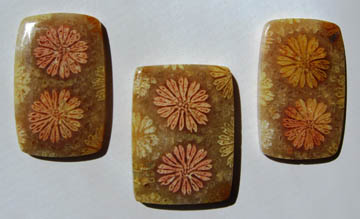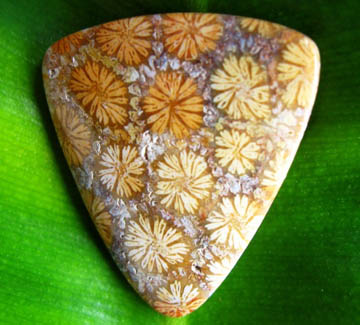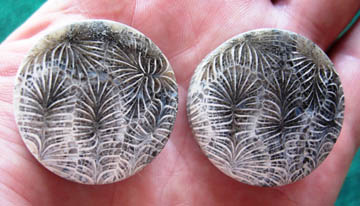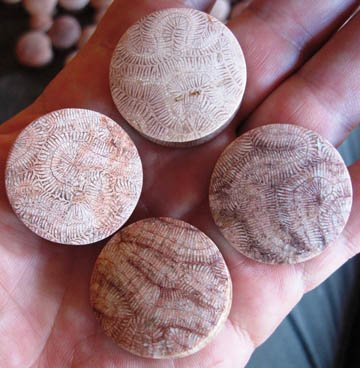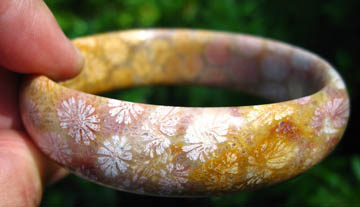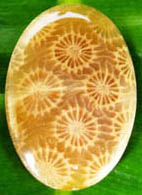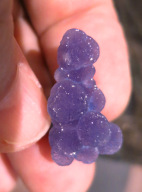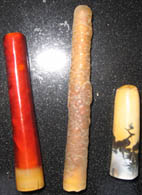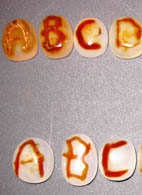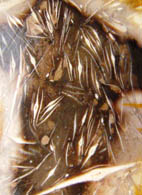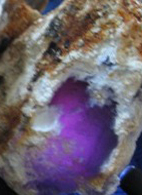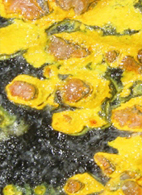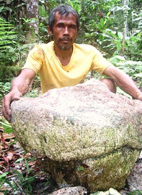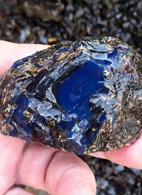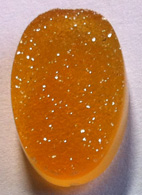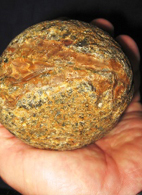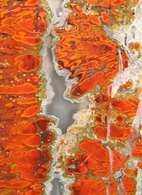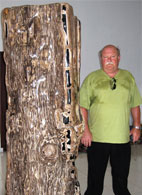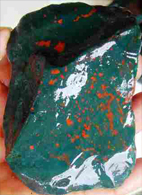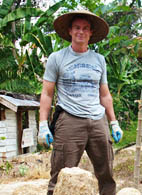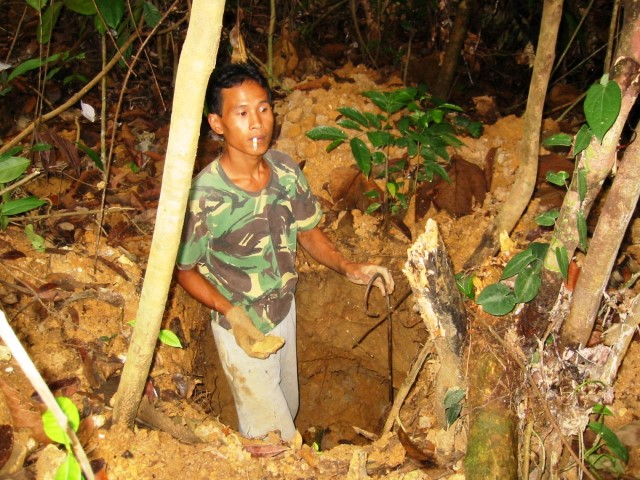
#1 - Exploration for Fossil Corals
Fossil Corals have been found in several provinces across the western Indonesian Islands of Sumatra and Java. These materials are the buried remnants of ancients reefs thrust up onto the land mass by plate collisions. They lie situated in the mountainous regions of the Bukit Barisan Range from central to southern Sumatra and the rugged mountains of western and eastern Java. In east Indonesia, there are fossil corals found on remote mountainous parts of Halmahera Island.
The discovery of well preserved coral reefs well into the mountains of south Sumatra is testament to the fact that sea levels in the Miocene (23mya) were once much higher than today.
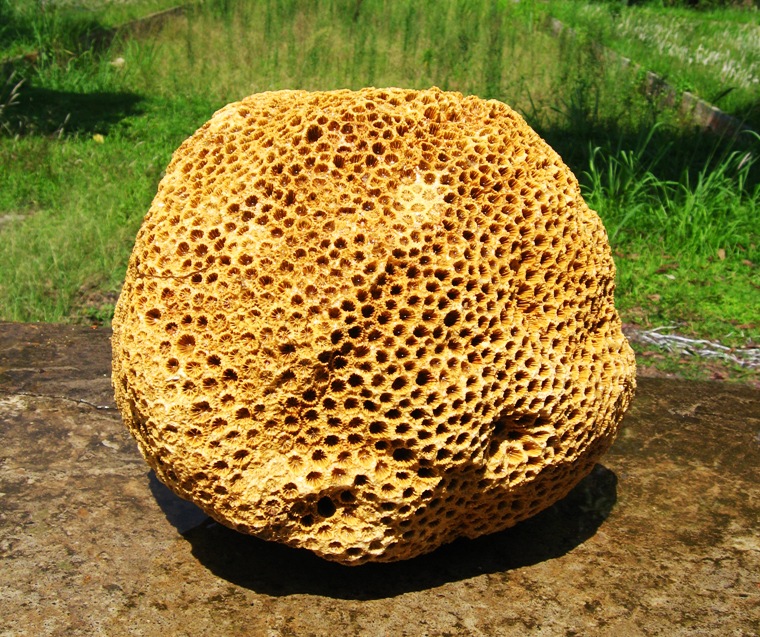
Photo #2 - Solid Agate Fossil Honeycomb Coral Head
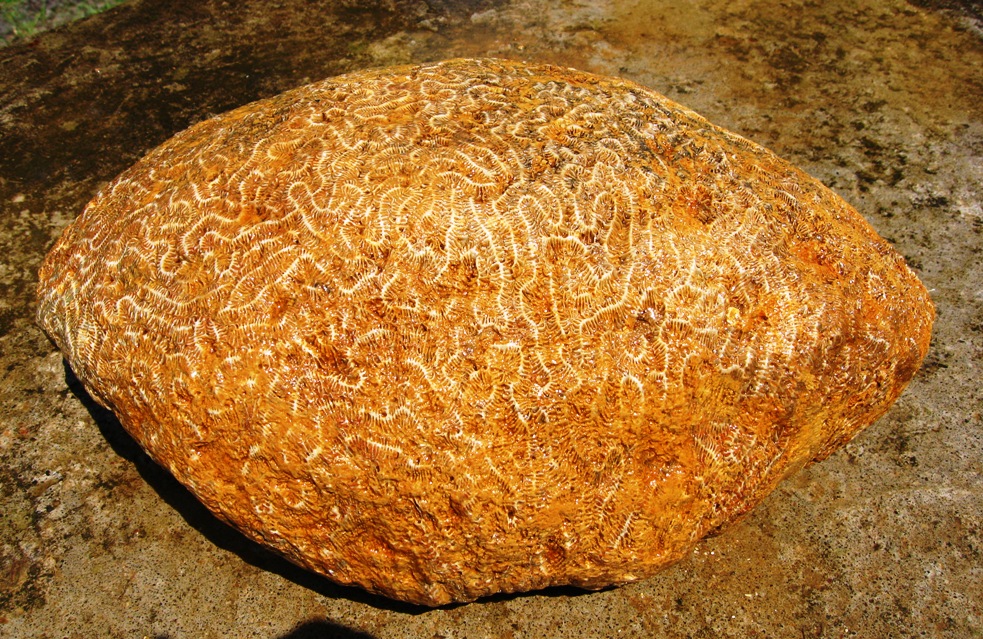
Photo #3 - Agatized Fossil Brain Coral Head
Sumatra is a classical locality for “low sulfidation” hydrothermal gold and silver deposits. These were mined commercially by early Dutch explorers (Lebong Tandai, Donok and Tambang Sawa) and are still the target of exploration and exploitation today (Way Linggo, Rawas, and Martabe).
Low temperature silica minerals like opal and chalcedony (Agate) are the most common components of the fossilized coral. Some fine and micro-crystal aggregates (druse) or quartz have filled pockets in the leached portions of the stone. Some druses filled the channels which housed the soft parts of the coraline critters and were later cemented with clear agate causing the polished surfaces to glitter.
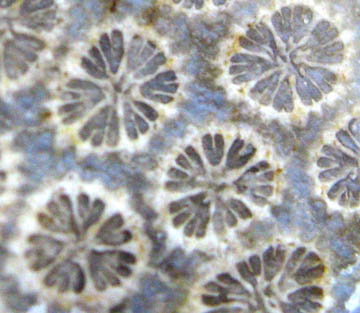
Photo #4 - South Sumatran Fossil Coral
Locally there are pyrite crystals and other minerals disseminated in the agate which enhances the attractiveness and defines the structure of the original coral species. A more detailed discussion of fossil corals can be found on the site: http://www.indonesianfossilcoral.com.
I have noticed the agatized fossil corals to vary from province to province. Some areas have more dissolved minerals and a greater range of colors than others.
Some digging fields produce beautiful agatized coral heads in situ directly from weathered and oxidized rock formations. In other areas, rounded cobbles of agatized corals are found in both old buried river channels and active river gravels far from the bedrock source.
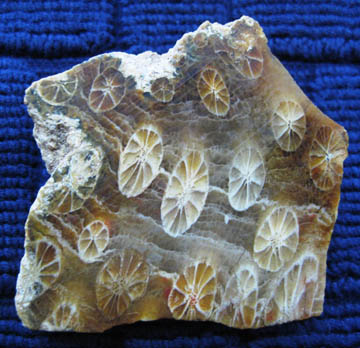
Photo #5 -Cool Agatized Space Coral 1
All in all, these hard agatized fossil materials make spectacular lapidary material. As with any ornamental stone material, there are some common colors and patterns and some rare beautiful collector pieces. With thousands of coral species in the fossil record…the hunt for the finest pieces could be endless.
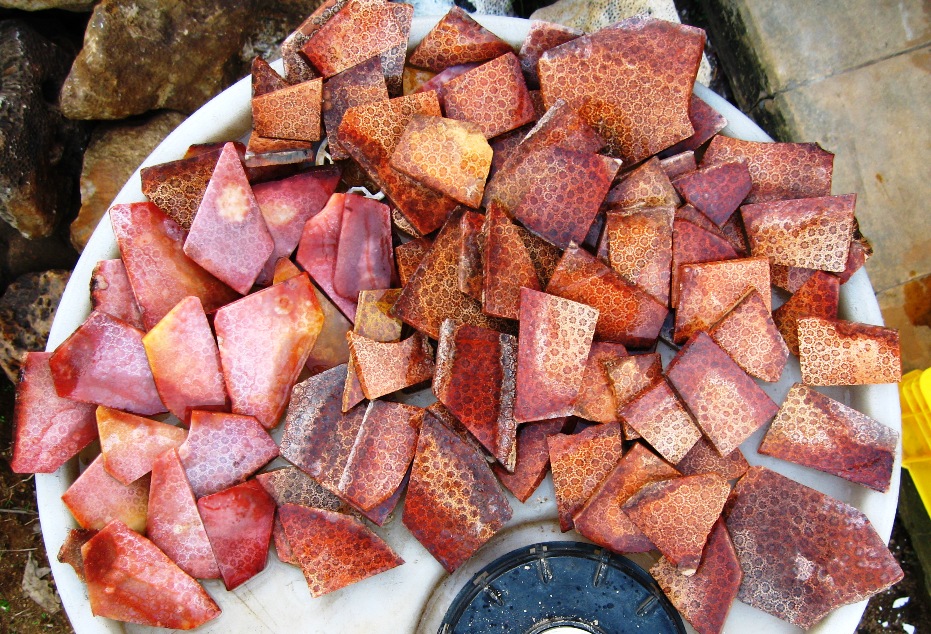
Photos #6 thru #11 below are some examples of recent finds:
